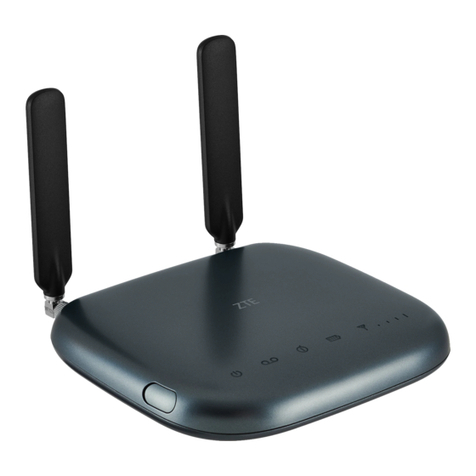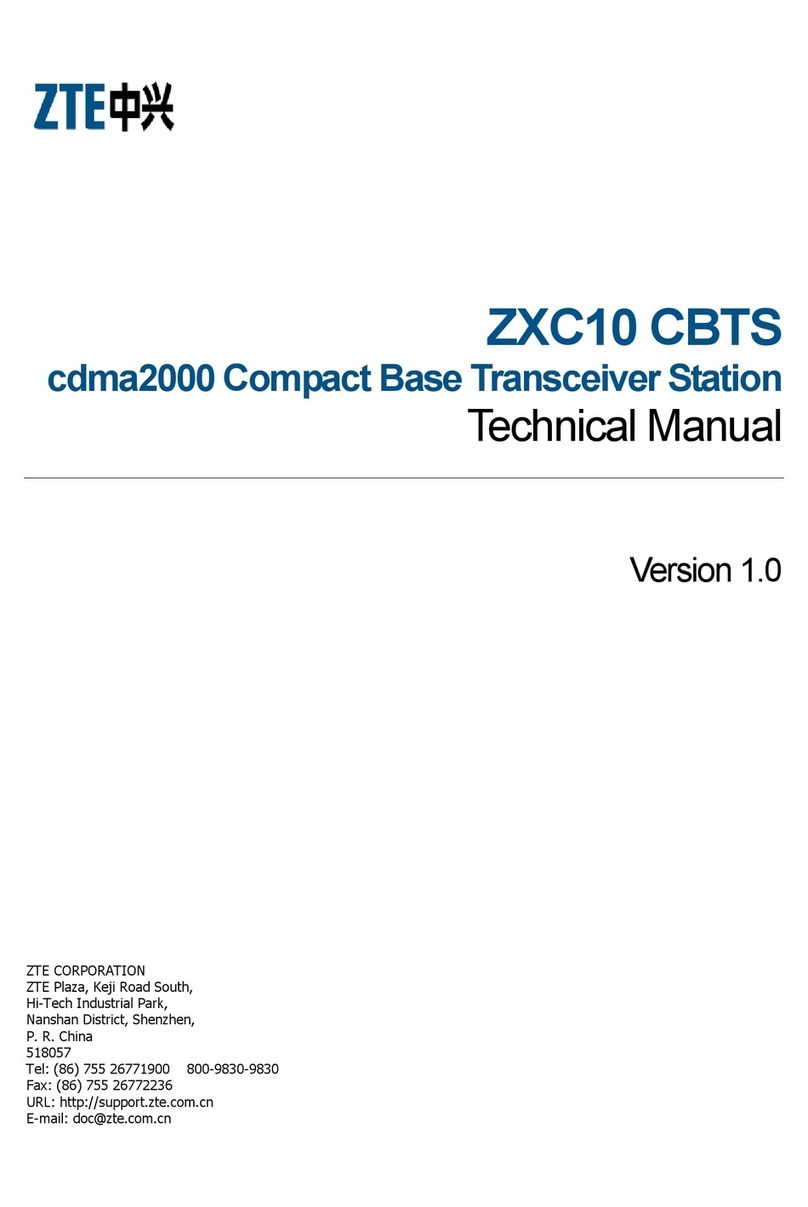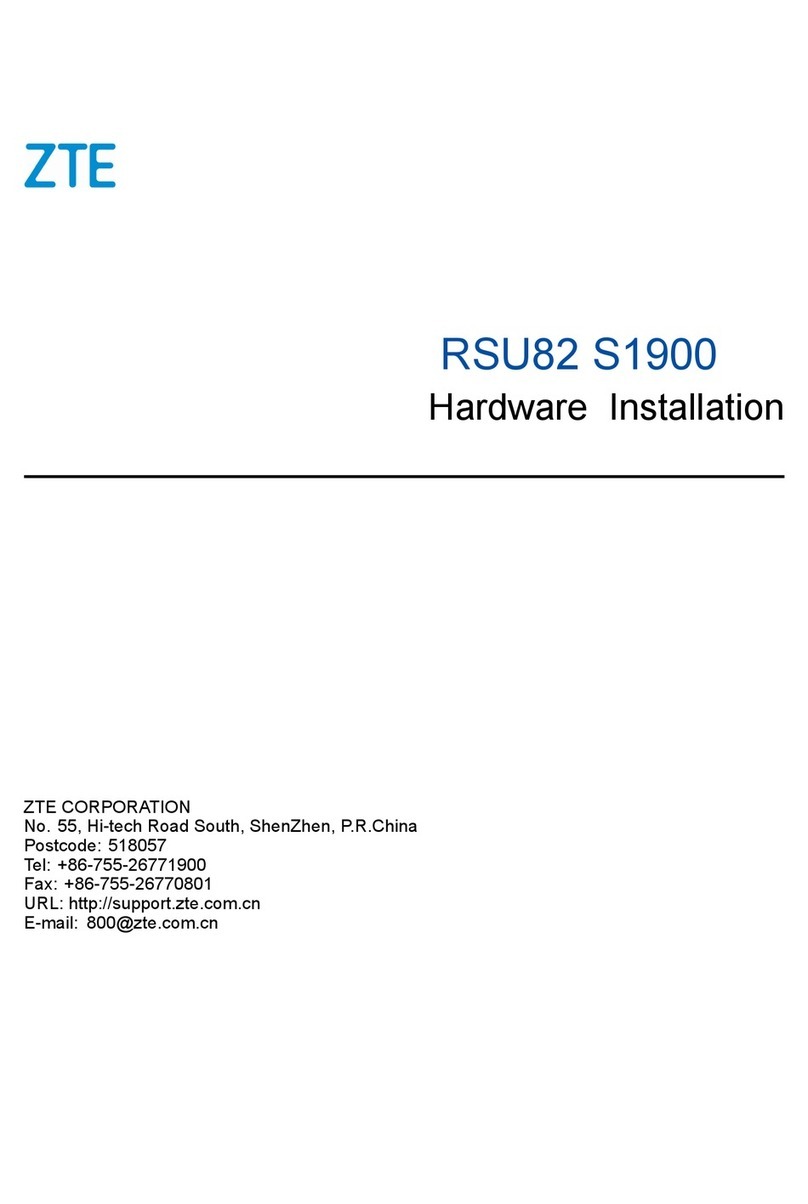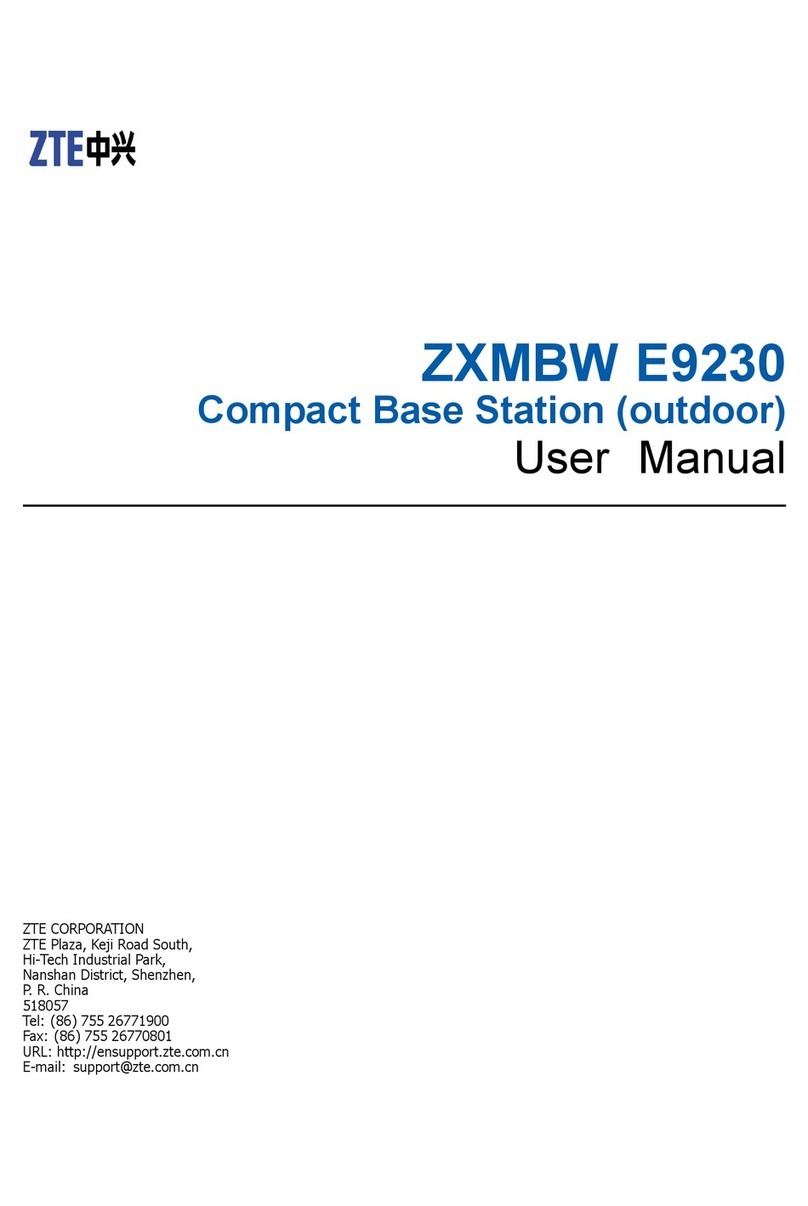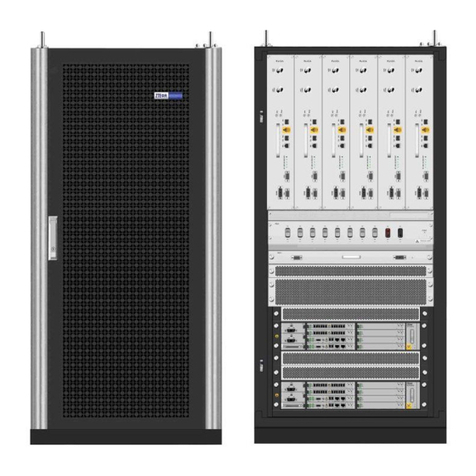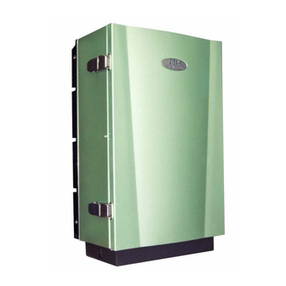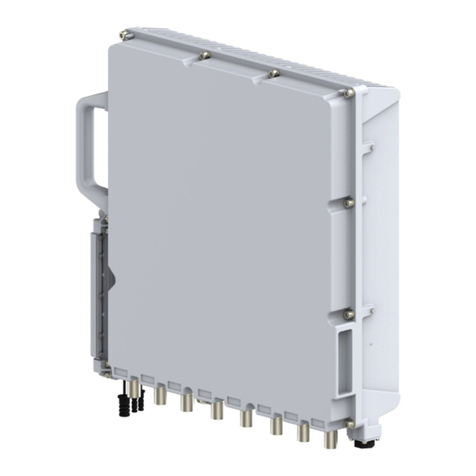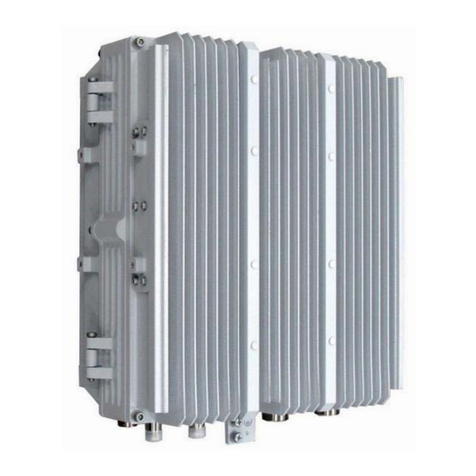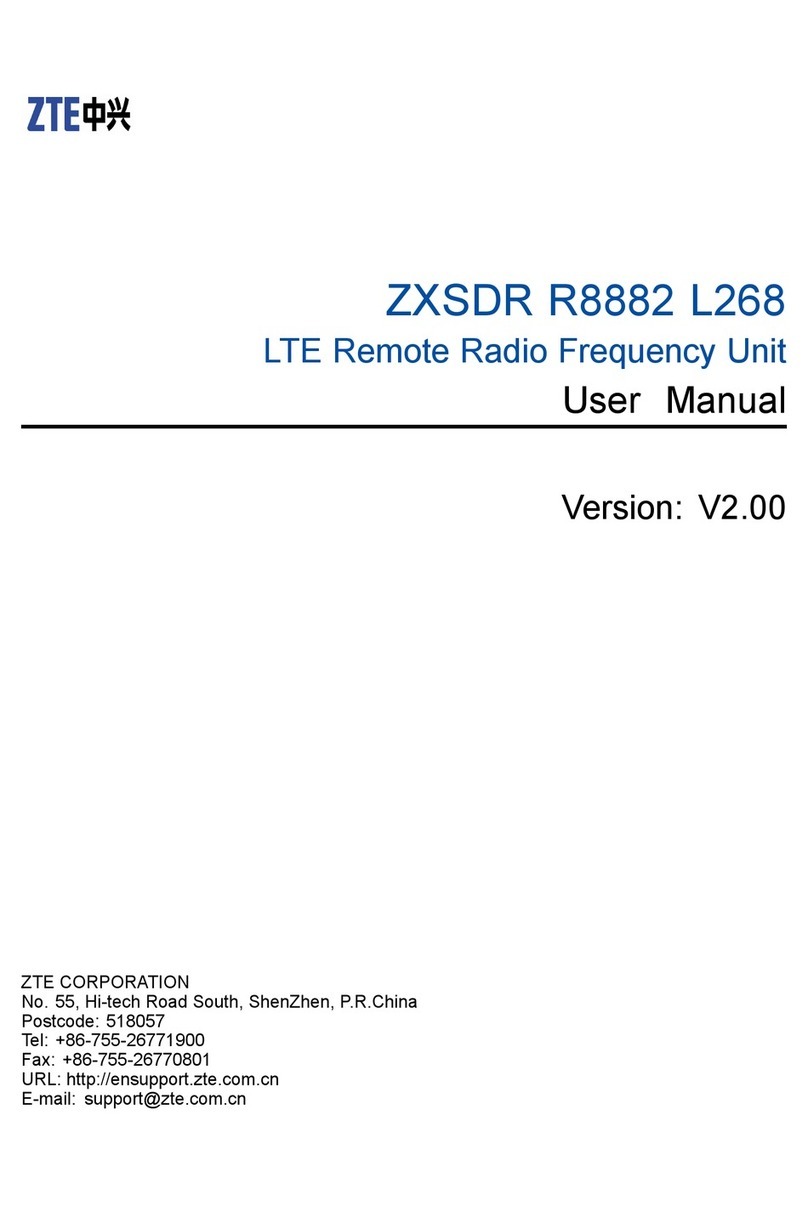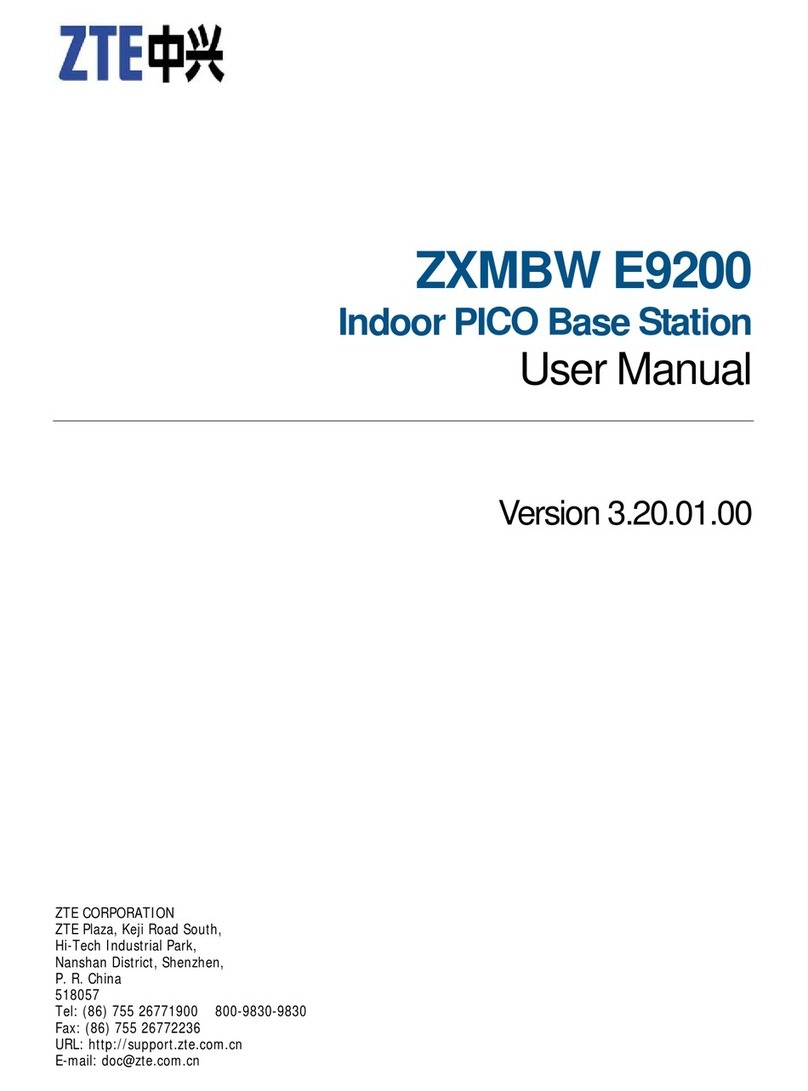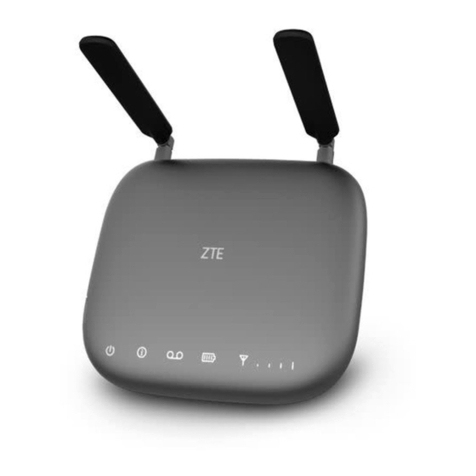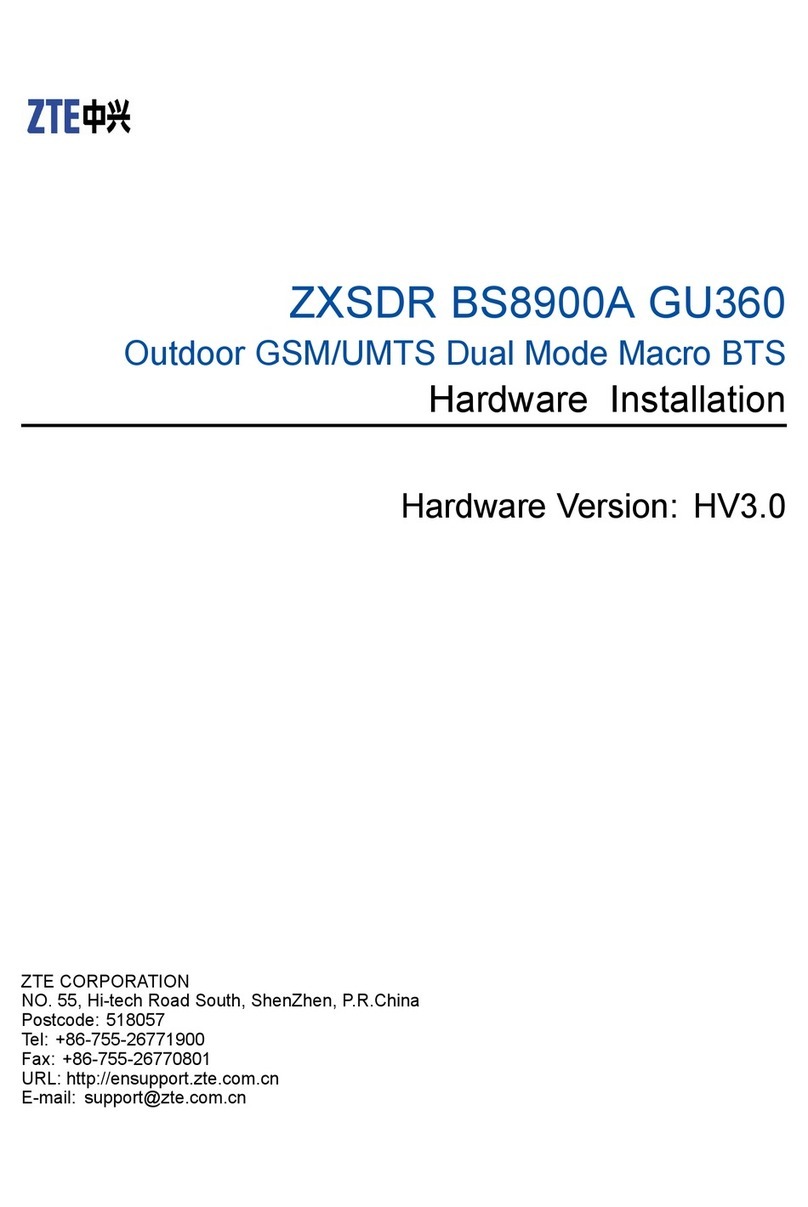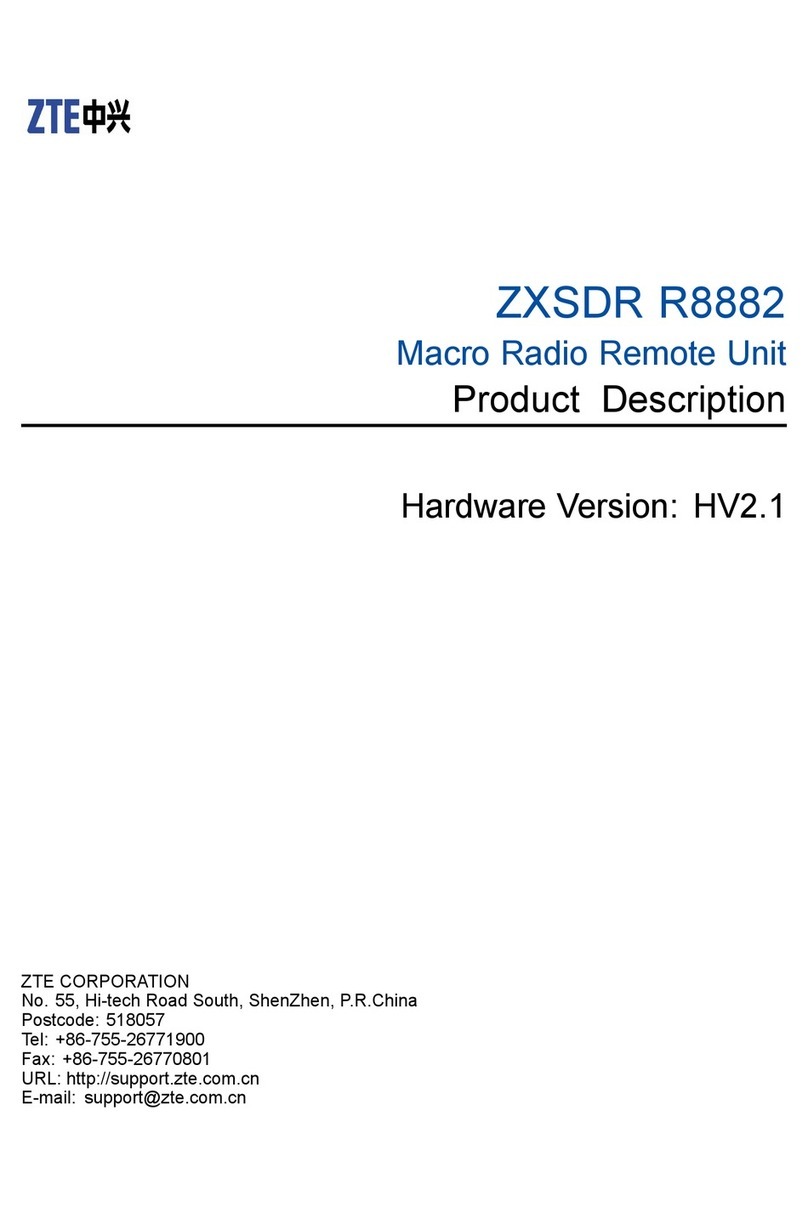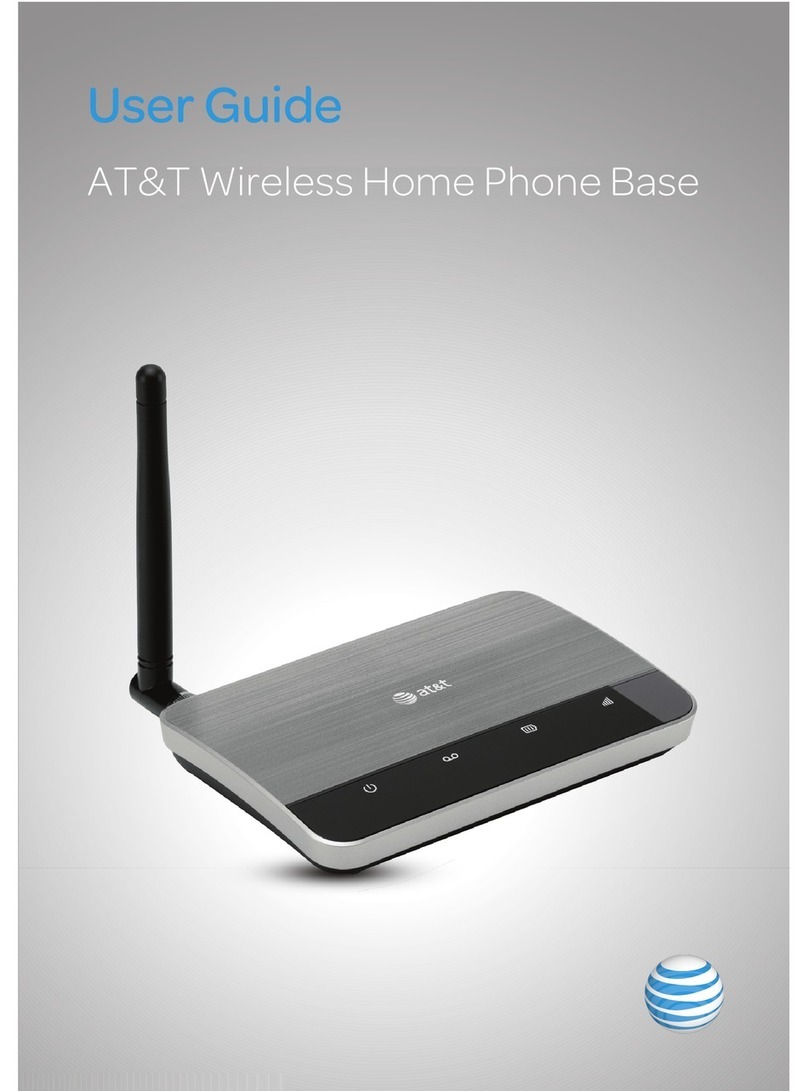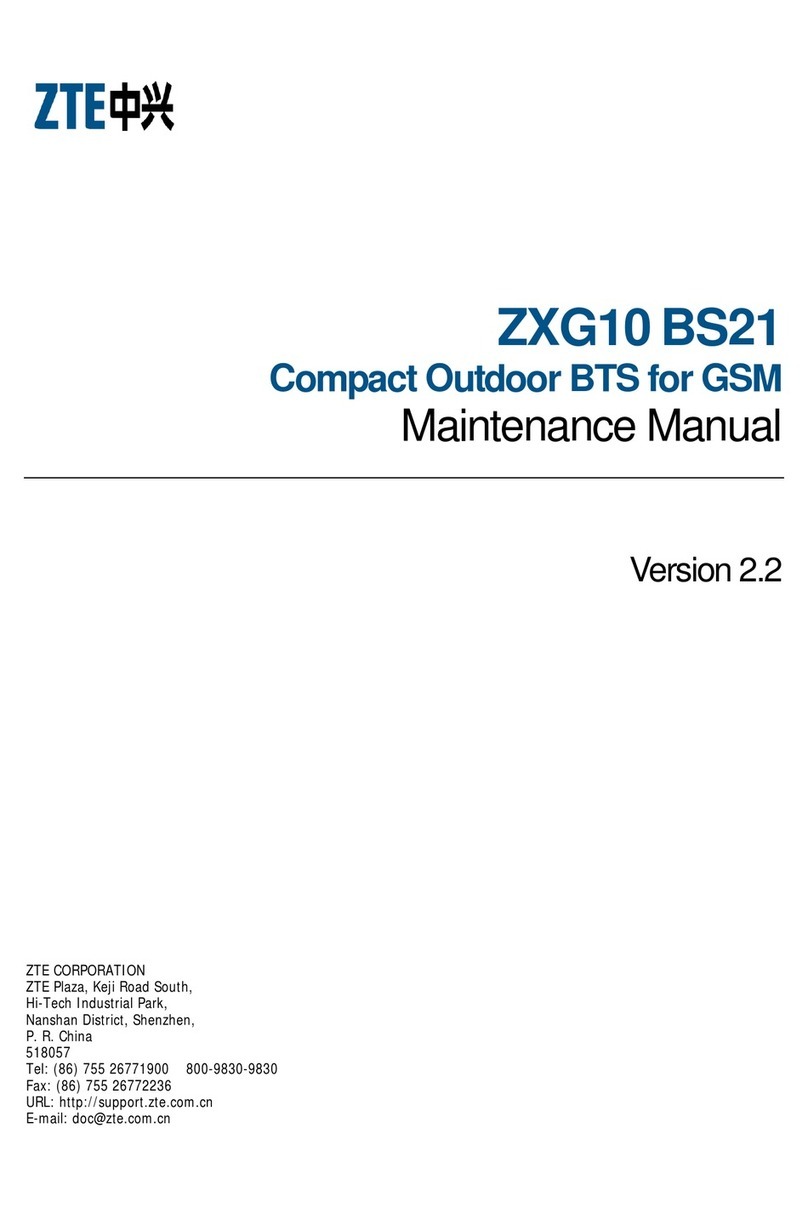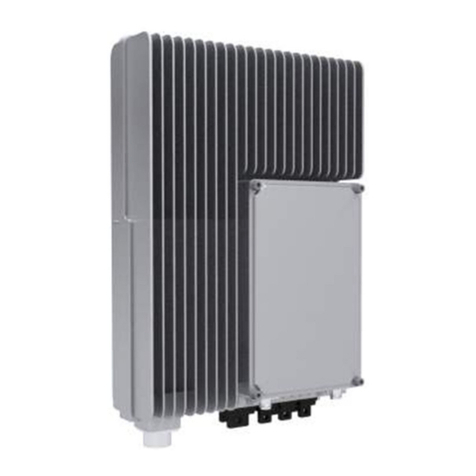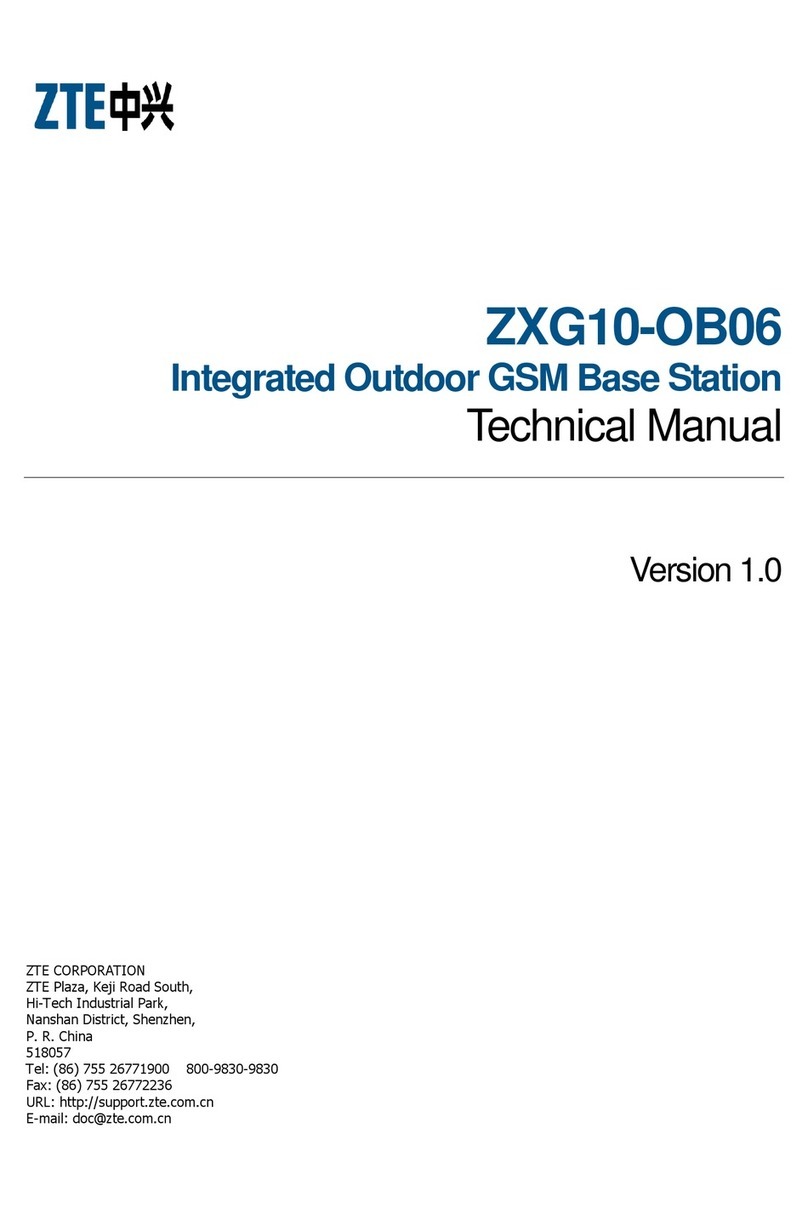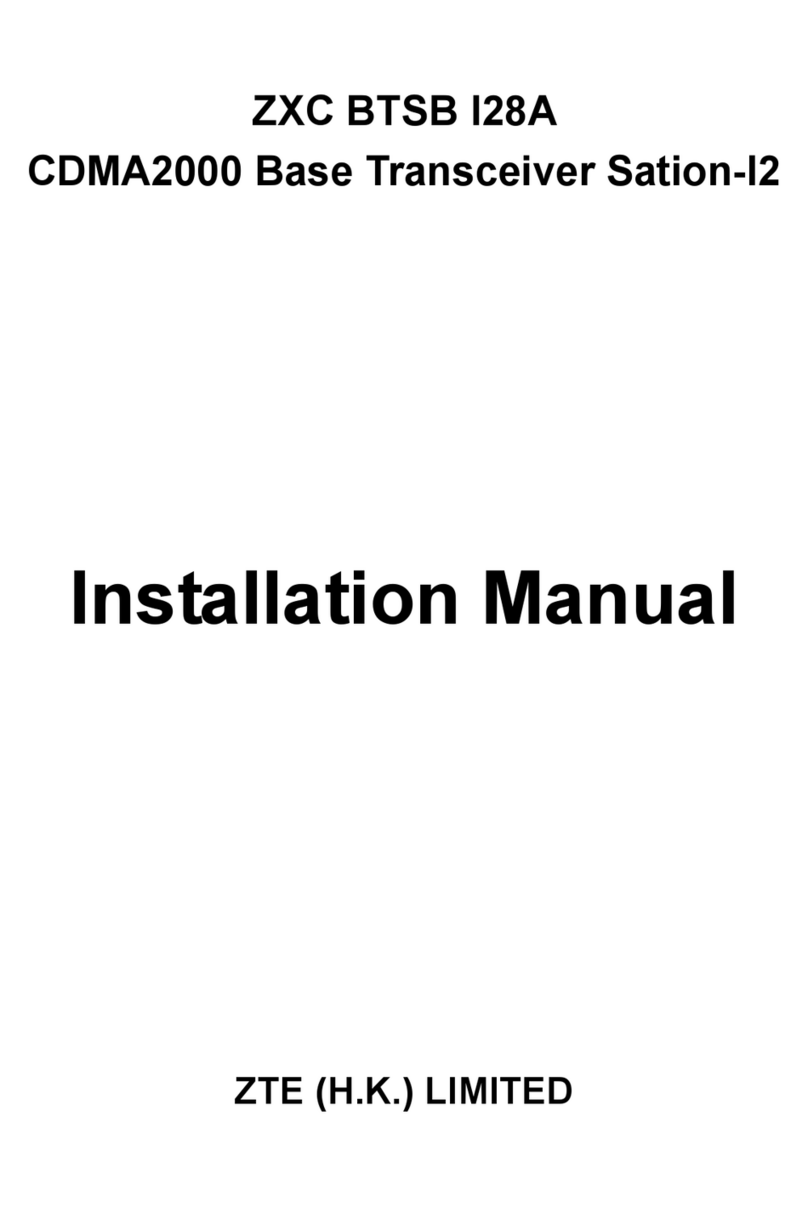
Power Consumption Indexes.................................................................................................. 18
Ambient Conditions............................................................................................... 18
Requirements for Grounding and Lightning Protection ............................................................. 18
Requirements for Temperature and Humidity: ........................................................................19
Requirements for Cleanness .................................................................................................. 19
Requirements for Atmospheric Pressure ................................................................................. 20
Interface Indexes ................................................................................................. 20
Abis Interface Indexes ...........................................................................................................20
Um Interface Indexes ............................................................................................................21
Capacity Indexes .................................................................................................. 23
Clock Indexes....................................................................................................... 23
Reliability Indexes................................................................................................. 23
Chapter 3...................................................................................25
Interfaces and Communications............................................................. 25
Overview ............................................................................................................. 25
Interfaces ............................................................................................................ 26
Abis Interface........................................................................................................................26
Um Interface......................................................................................................................... 28
Inter-Cabinet Cascaded Interface of Same Site ....................................................................... 30
Interfaces of the Tower Amplifier System ...............................................................................31
Man-Machine Interface (MMI) ................................................................................................ 31
Protocol Introduction............................................................................................. 32
LapD Protocol........................................................................................................................32
LapDm Protocol.....................................................................................................................34
RR/MM/CM Protocol...............................................................................................................37
Chapter 4...................................................................................39
System Functions.................................................................................... 39
Overview ............................................................................................................. 39
Major RF Functions ............................................................................................... 39
High Receiving Sensitivity ......................................................................................................40
Flexible Configuration ............................................................................................................40
Easy O&M .............................................................................................................................40
Diversity Receiving ................................................................................................................40
Frequency Hopping ...............................................................................................................40
Power Control .......................................................................................................................40
Baseband Processing ............................................................................................ 41
Signaling Processing ............................................................................................. 41
Wireless Link Management Function....................................................................................... 41
